| |
| |
| |
| Presented By UnitedHealth Group |
| |
| Axios Vitals |
| By Tina Reed ·Jun 30, 2021 |
| Good morning, Vitals readers. Today's newsletter is 788 words, or a 3-minute read. Situational awareness: Starting this week, consumers who were on unemployment for any week in 2021 may be able to sign up for free ACA healthcare plans, the Biden administration announced Tuesday. |
| |
| |
| 💉 1 big thing: Walmart rolls out cash-pay insulin |
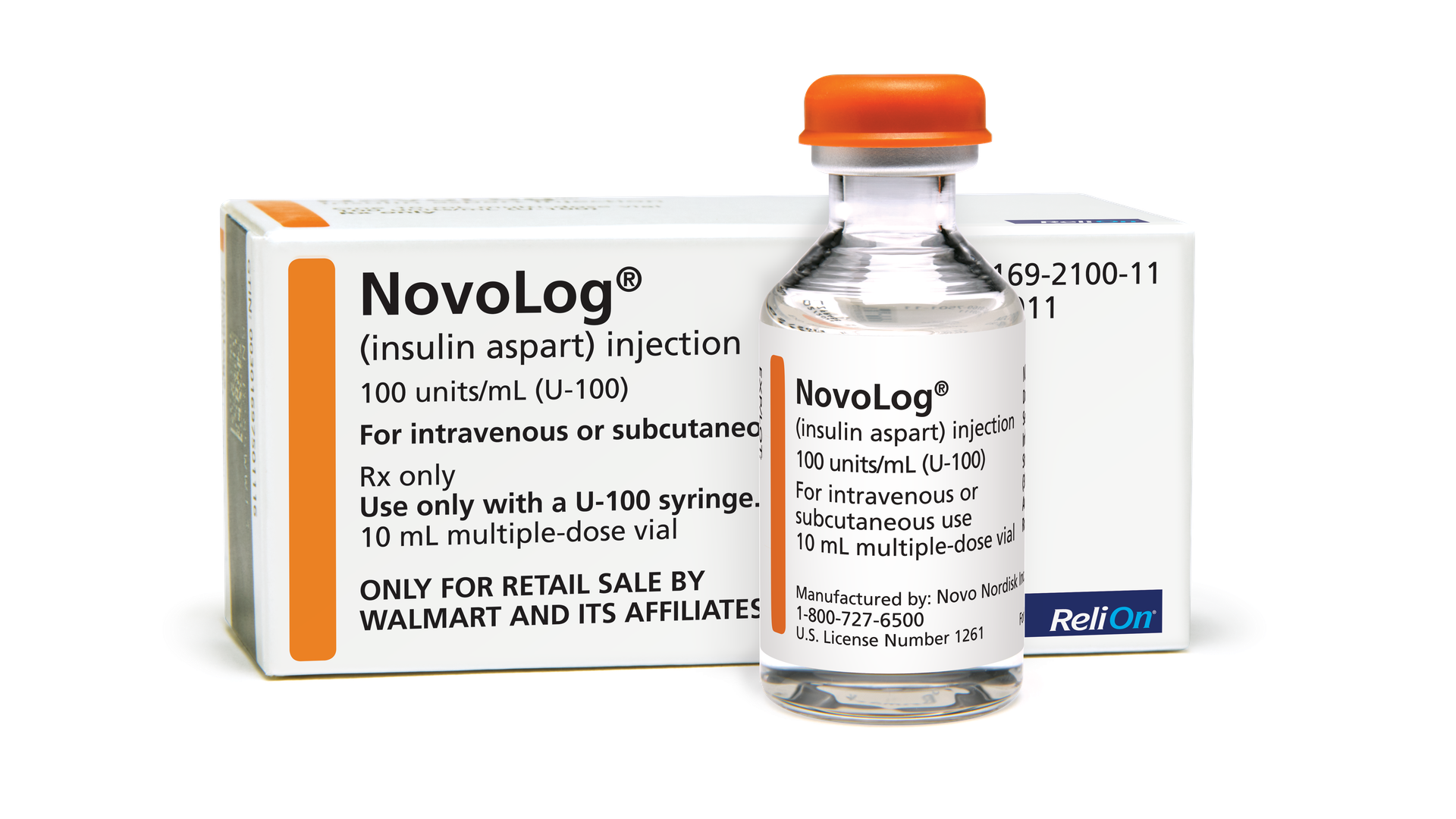 |
|
| Walmart's version of NovoLog insulin will cost $73 per vial. Photo: Walmart |
| |
| Walmart is now selling rapid-acting insulins, made by drug manufacturer Novo Nordisk, for cash prices of $73 per vial and $86 for a box of five pre-filled syringes, Axios' Bob Herman writes. The big picture: Walmart is attempting to retain and attract more diabetes patients by offering a more modern insulin at a lower cash price. Novo Nordisk is trying to keep its insulin market share. - But this deal doesn't ensure an affordable price for patients and the broader public.
By the numbers: Walmart's prices are steep discounts from Novo Nordisk's standard charges. - The current list price for a 10-milliliter vial of NovoLog is $289.36, compared with Walmart's $72.88 cash price.
- The current list price for a five-pen box of NovoLog FlexPen is $558.83, compared with Walmart's $85.88 cash price.
- Novo Nordisk declined to disclose rebates and other price concessions that it pays to insurance companies, pharmacy benefit managers and other middlemen. Walmart and Novo Nordisk also did not disclose their contract price.
- But according to Novo Nordisk's own numbers, Walmart's prices are very close to Novo Nordisk's net prices.
- Last year, Novo Nordisk collected $2.7 billion of revenue from its NovoLog insulins.
The big picture: Just like Eli Lilly's own generic insulin, the Walmart-Novo Nordisk insulin will appeal to people who don't have insurance or who face high deductibles and coinsurance rates. Yes, but: Research suggests insulins like NovoLog can be profitably made and sold for $7 to $9 per vial — still less than eight times the price advertised by Walmart. - And depending on how many vials someone needs per month, even at Walmart's prices, this insulin could still be as costly as a car payment.
Go deeper: The boom times of insulin sales |
    |
| |
| |
| 2. Hospitals' warning shot on infrastructure plan |
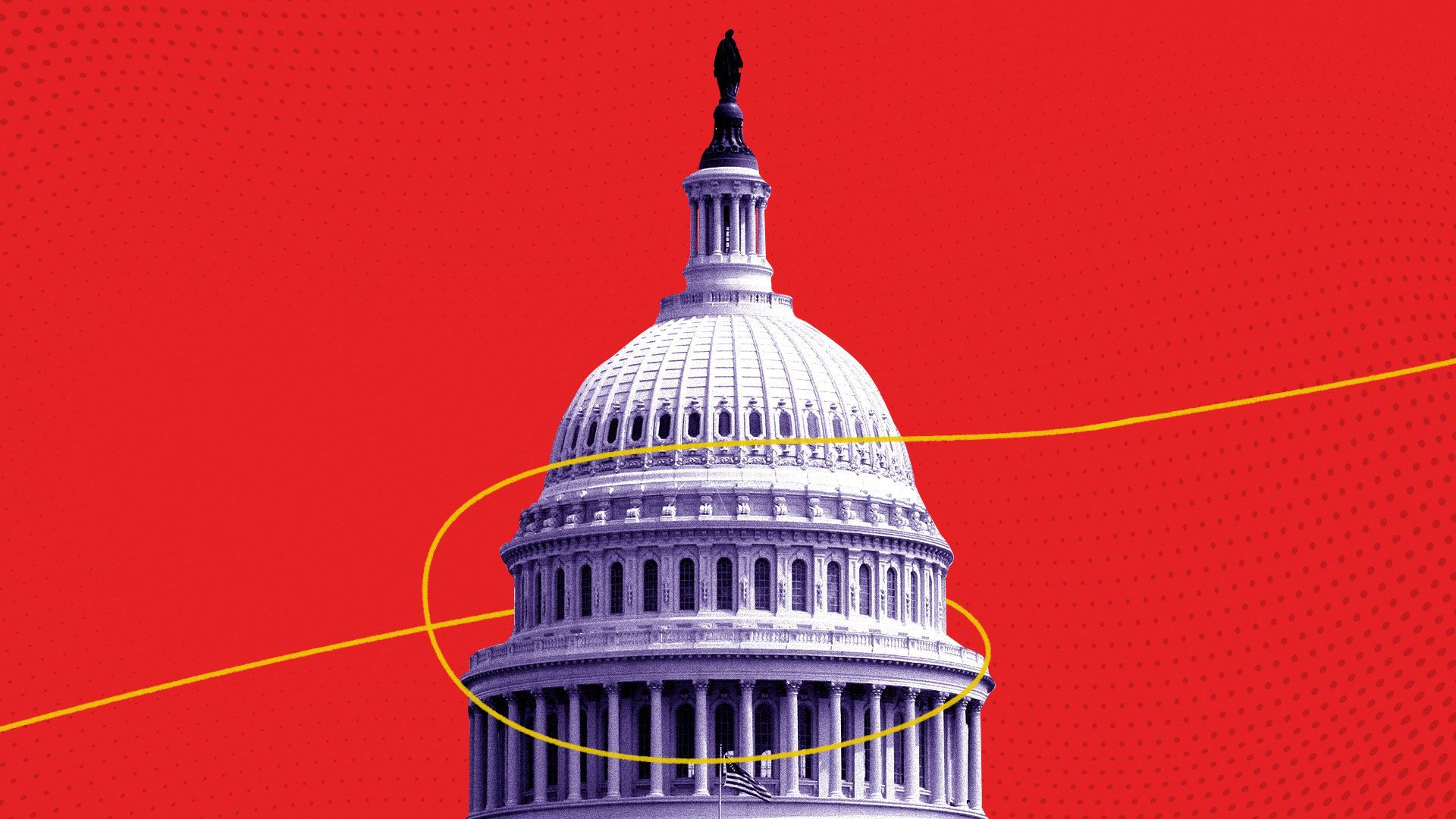 |
|
| Illustration: Eniola Odetunde/Axios |
| |
| The nation's largest hospital groups really don't want the Senate to pay for its infrastructure deal with funding that would otherwise go to them, Axios' Caitlin Owens writes. Why it matters: The hospital industry has a lot of sway in Washington, and its opposition could further complicate the deal's narrow pathway to passage. State of play: The White House last week released a blueprint for the bipartisan infrastructure plan. Its potential revenue-raisers included "unused relief funds" from last year's coronavirus aid legislation along with an extension Medicare payment cuts. - Hospitals are lobbying for all providers to have more time to spend the relief money — the opposite of using it for something else.
|
    |
| |
| |
| 3. Teen myocarditis-vaccine link worries parents |
 Data: KFF; Chart: Danielle Alberti/Axios Some parents may be thinking twice about teen vaccines after the CDC concluded there's a "likely association" between heart inflammation and COVID-19 mRNA vaccines, particularly in adolescents, according to a new KFF survey. Nearly 75% of parents said they've heard at least a little about the link between vaccines and heart inflammation. - About 40% of parents said they were very concerned or somewhat concerned about the link.
- And nearly half of the concerned parents said they would definitely not get their teen vaccinated or would only get them vaccinated if required.
|
    |
| |
| |
| A message from UnitedHealth Group |
| UnitedHealth Group's commitment to sustainability |
| |
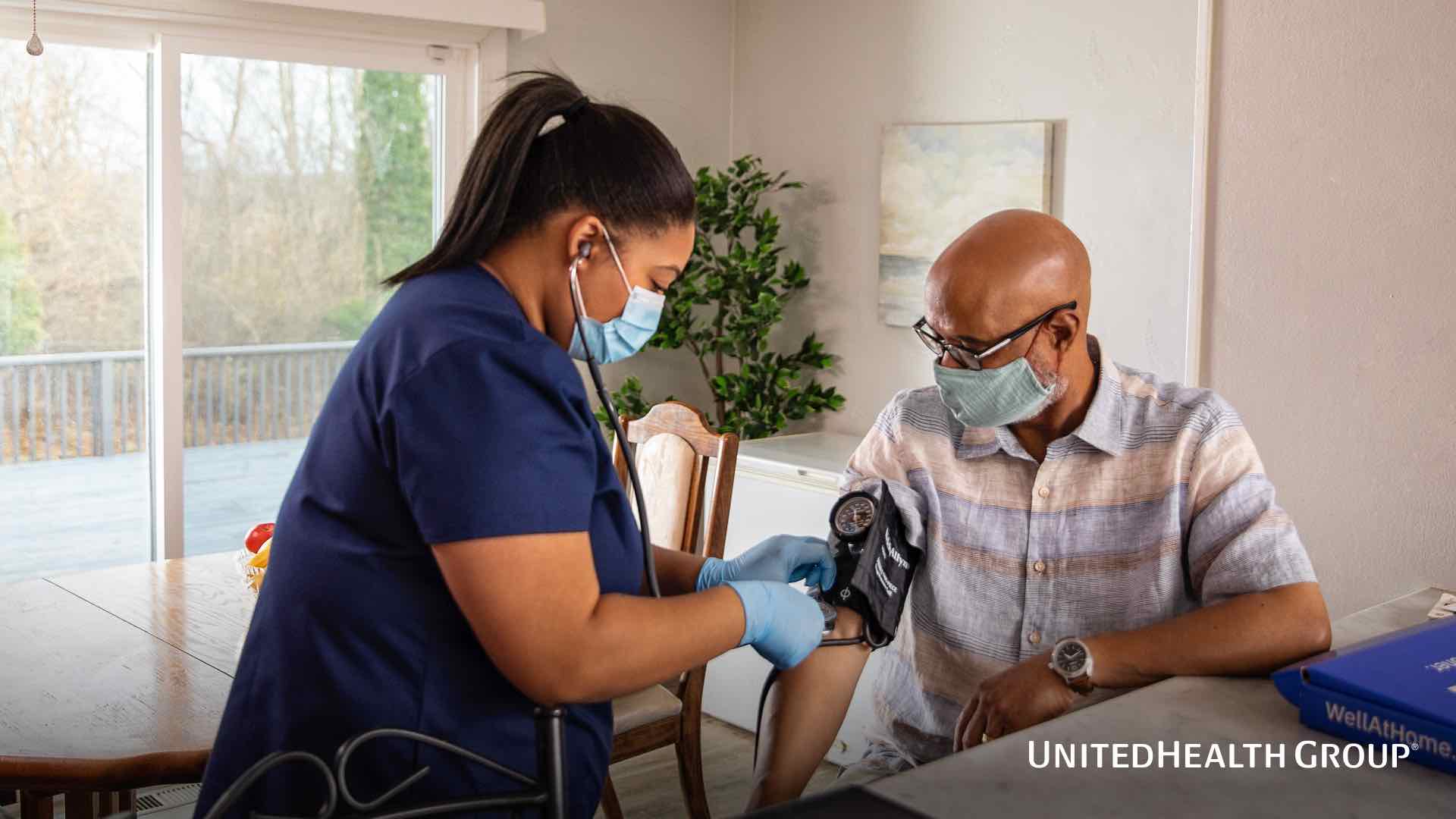 |
| |
At UnitedHealth Group, sustainability is an extension of our business strategy, culture and mission to: - Help create a modern, high-performing health system.
- Foster an inclusive and diverse culture.
- Maintain strong corporate governance.
- Minimize our environmental impact.
Learn more. |
| |
| |
| 4. Pharma's influence on patient advocacy |
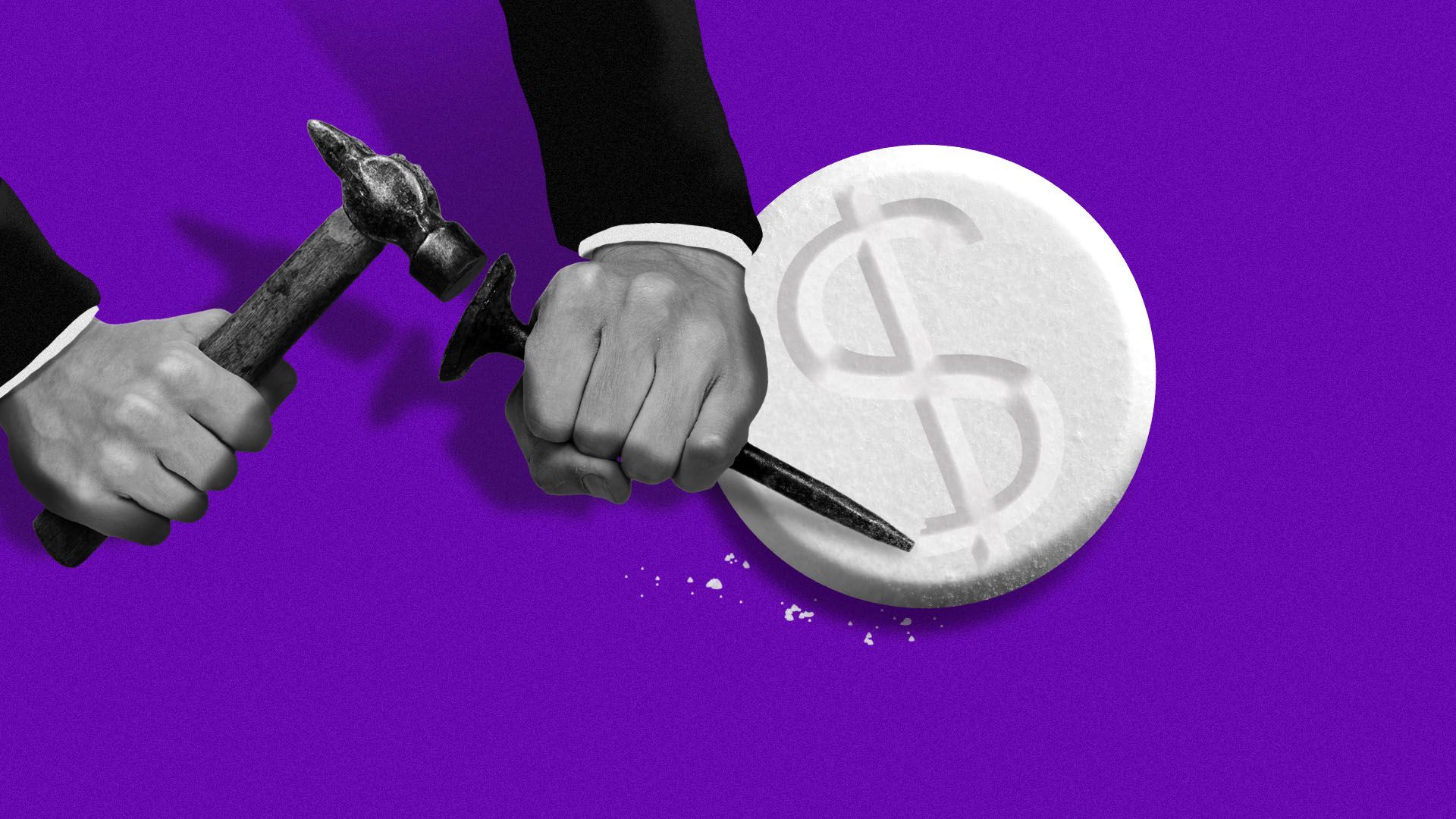 |
|
| Illustration: Sarah Grillo/Axios |
| |
| Some of the most recognizable names in patient advocacy take millions from drug companies every year, and many fail to fully disclose those relationships, a new analysis by Patients for Affordable Drugs found. - While some of these groups do important work representing patients, others are actually "tools" of the pharmaceutical industry.
- Either way, many "appear unable or unwilling to take positions on consumer issues such as lowering prescription drug prices that might anger their drug corporation funders," PAD authors write.
By the numbers: The analysis found all but one of 15 prominent patient advocacy groups fail to fully disclose the amount of drug company funding they receive. |
    |
| |
| |
| 5. What we're reading |
- China emulated U.S. techniques to construct novel coronaviruses in unsafe conditions, according to a new story in MIT Technology Review.
- Could a single-payer system reduce administrative costs in health care? A group of researchers offers their case in a recent blog.
- A federal watchdog found CMS "lacks the teeth to ensure hospitals" had appropriate emerging infectious disease preparedness plans in place during the COVID-19 pandemic, Fierce Healthcare reports.
|
    |
| |
| |
| 6. CDC reports poor contraceptive use |
 Data: Zapata, et al., 2021. " Need for Contraceptive Services Among Women of Reproductive Age — 45 Jurisdictions, United States, 2017–2019"; Note: Data for Alaska, California, District of Columbia, Maine, Nevada, New Jersey, and Texas are from 2017; Chart: Connor Rothschild/Axios Nearly a third of women of child-bearing age in U.S. did not always use contraceptives during sexual encounters, Axios' Marisa Fernandez reports from a recent CDC analysis shows. Why it matters: About half of the pregnancies in the U.S. are unintended, which is linked to adverse maternal and infant health outcomes. By the numbers: Of those using contraceptives, 30% — the largest group — used less effective "barrier" methods such as condoms, withdrawal or emergency contraception like the morning-after pill. - The second-highest use was 25% of women using "a short-acting reversible method" like a shot, pill or patch.
- About 6 million of these women were uninsured and might require publicly funded care, showing cost may be a barrier for some women.
Read more. |
    |
| |
| |
| A message from UnitedHealth Group |
| Helping to create a modern, high-performing health system |
| |
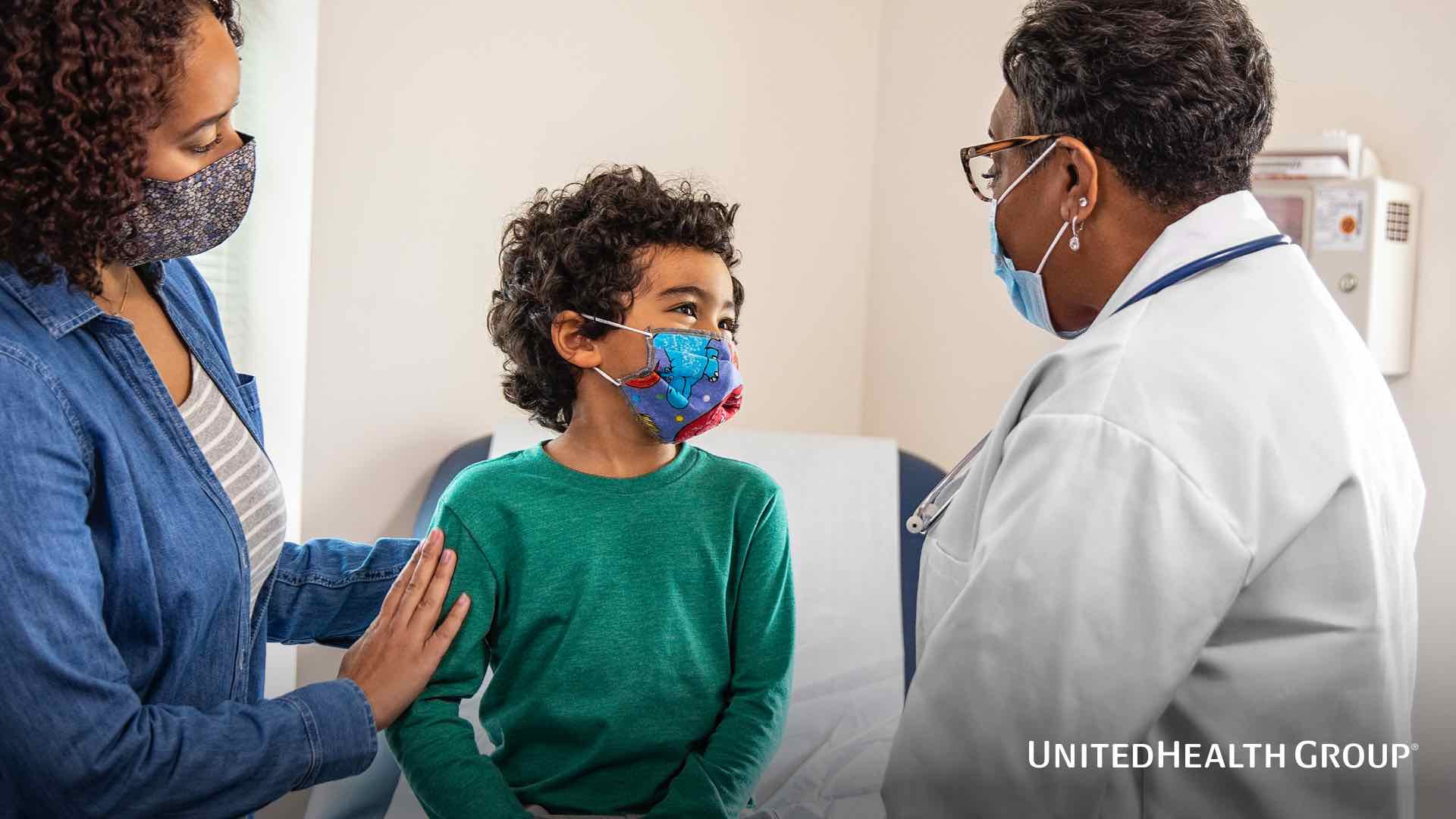 |
| |
| UnitedHealth Group is committed to expanding access to high-quality, affordable care that achieves better outcomes and enhances the health care experience. We are partnering to advance health equity and support the communities where we work and live. Learn more in our Sustainability Report. |
| |
 | | It'll help you deliver employee communications more effectively. | | |









No comments:
Post a Comment